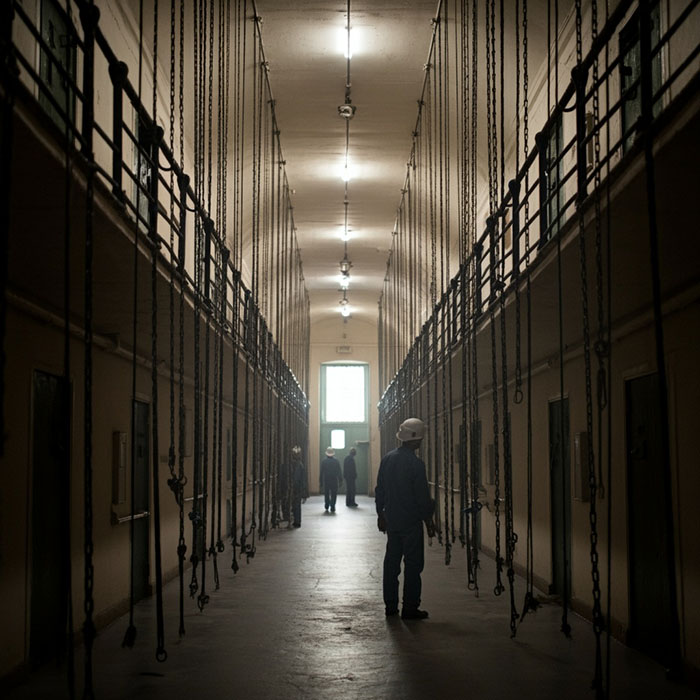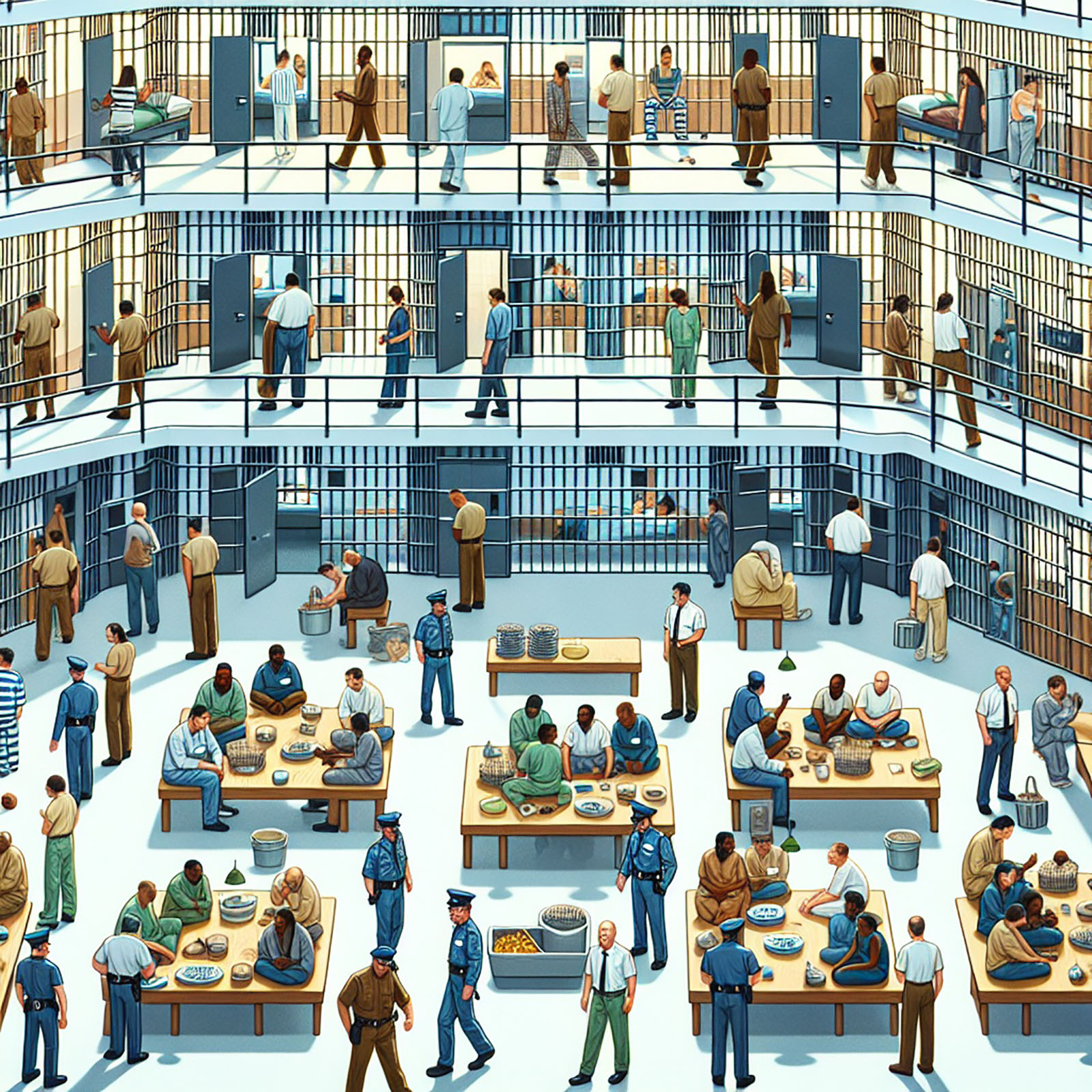Experiencing life in prison is a profound and challenging experience, marked my turmoil, loneliness and heartache. One that is marked by a strict routine, limited personal space, and the constant presence of authority. While popular media may dramatize certain aspects, the reality encompasses a range of experiences that vary by institution and individual. This blog aims to provide an overview of daily life in prison, drawing from various sources to present an accurate portrayal.
Daily Routine and Structure
Prison life is governed by a regimented schedule designed to maintain order and security. A typical daily routine may include:
- 5:00 AM: Wake-up call. Inmates are required to rise and prepare for the day.
- 5:30 AM: Morning count. Guards conduct a headcount to ensure all inmates are accounted for.
- 6:00 AM: Breakfast. A meal is served, often consisting of simple fare.
- 7:00 AM: Work or education programs. Inmates engage in vocational training, educational classes, or assigned prison jobs.
- 12:00 PM: Lunch. Another meal is provided.
- 1:00 PM: Continued work or classes.
- 5:00 PM: Dinner. The final meal of the day.
- 9:00 PM: Lockdown. Inmates are confined to their cells for the night (Prison Inside).
This structured routine leaves little room for personal autonomy, with inmates’ time closely managed and monitored.
Living Conditions
Living conditions in prisons can vary widely, but common aspects include:
- Cell Accommodations: Cells are typically small, often shared by two inmates, and equipped with basic necessities such as a bed, toilet, and sink. Privacy is minimal.
- Hygiene Facilities: Access to showers and laundry is usually scheduled and limited, which can impact personal hygiene and comfort.
- Food and Nutrition: Meals are provided at set times, with limited options and portions. The quality and quantity of food can be a significant concern for inmates (Prison Inside).
Overcrowding is a prevalent issue in many prisons, leading to cramped living spaces and strained resources. This environment can exacerbate feelings of discomfort and stress among inmates.

Social Dynamics
The social environment in prison is complex and can significantly influence an inmate’s experience:
-
- Inmate Relationships: Bonds formed between inmates can offer support and companionship, helping individuals cope with the challenges of incarceration. Activities such as playing cards or engaging in communal events are common ways to pass time and build connections (How to Justice).
-
- Interactions with Staff: Relationships with correctional officers and other staff members can vary, ranging from supportive to adversarial. The quality of these interactions can significantly impact an inmate’s daily life and access to resources.
Challenges and Coping Mechanisms
Incarceration presents numerous challenges, including:
-
- Mental Health Strains: The isolation and monotony of prison life can lead to feelings of loneliness, depression, and anxiety. Limited access to mental health services can exacerbate these issues.
-
- Physical Health Concerns: Restricted access to quality healthcare and the spread of communicable diseases in crowded conditions can adversely affect inmates’ health (Prison Inside).
Inmates often develop coping mechanisms to navigate these challenges, such as engaging in available educational or vocational programs, participating in physical exercise, or finding solace in personal hobbies. Maintaining connections with family and friends through permitted communication channels can also provide emotional support and a sense of normalcy.
Conclusion
Life in prison is characterized by loss: loss of personal freedom, a structured daily routine, and the need to adapt to a challenging social and physical environment. While the experience can be daunting, many inmates find ways to cope and even thrive within the confines of their circumstances. Understanding the realities of prison life is essential for fostering empathy and advocating for informed criminal justice reforms.
For more information on prison re-entry programs, visit tyro365.com.

